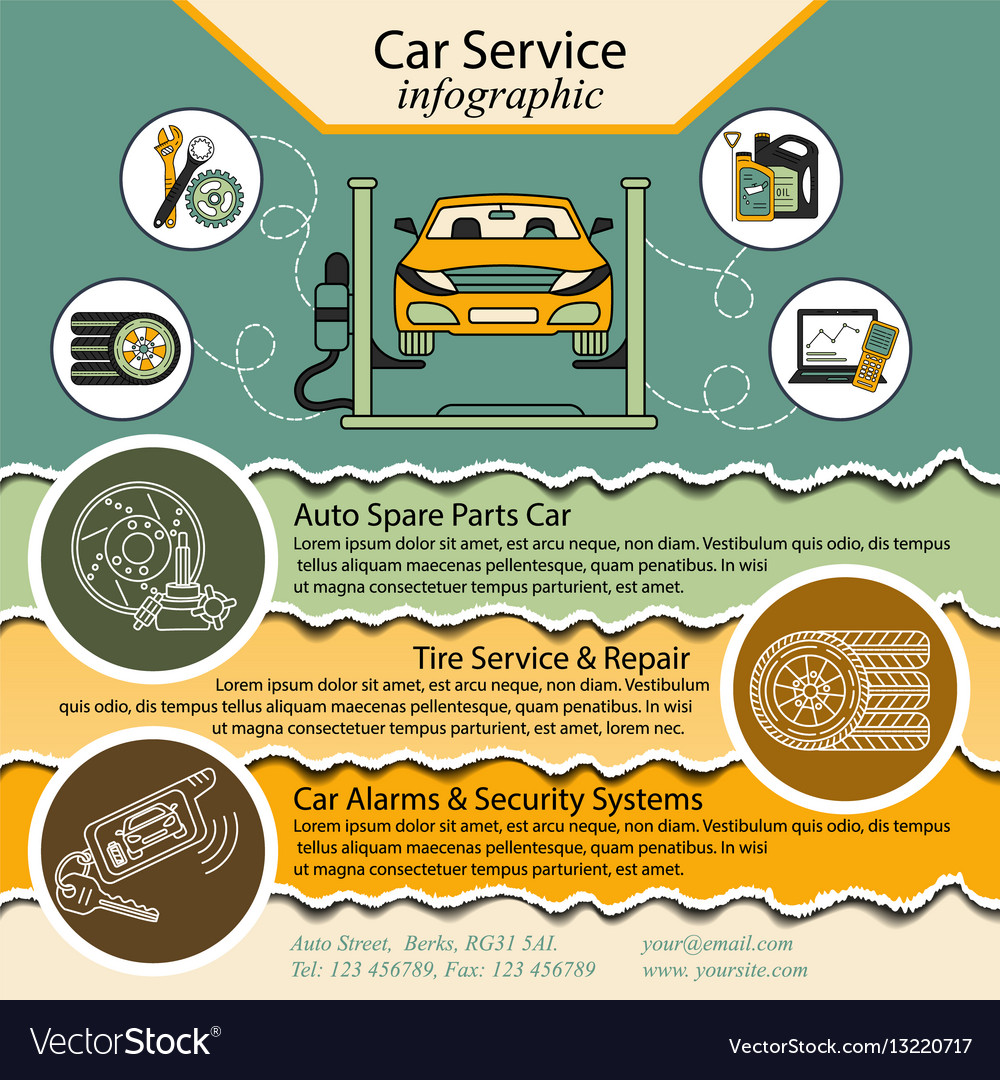Deciphering Your Vehicle'S Caution Indicators: What They Absolutely Symbolize
Deciphering Your Vehicle'S Caution Indicators: What They Absolutely Symbolize
Blog Article
Post Produced By-Lauritsen Dalgaard
When you're behind the wheel, those beautiful caution lights on your control panel can be a little bit complicated. Do simply click the up coming website recognize what they're trying to tell you concerning your automobile's wellness? Recognizing the importance of these lights is vital for your safety and security and the longevity of your car. So, the next time one of those lights appears, wouldn't you intend to decipher its message precisely and take the essential steps to address it?
Common Caution Lighting and Interpretations
Identify usual caution lights in your vehicle and recognize their significances to make certain risk-free driving.
One of the most typical caution lights include the check engine light, which signifies concerns with the engine or emissions system. If this light begins, it's crucial to have your car examined quickly.
The oil pressure warning light shows reduced oil stress, calling for immediate attention to prevent engine damage.
A flashing battery light could suggest a faulty billing system, possibly leaving you stranded if not resolved.
The tire pressure tracking system (TPMS) light signals you to reduced tire stress, affecting lorry security and gas effectiveness. Neglecting car wash can lead to unsafe driving problems.
The ABS light suggests a trouble with the anti-lock stopping system, endangering your capability to quit rapidly in emergency situations.
Finally, the coolant temperature level cautioning light warns of engine getting too hot, which can lead to extreme damages if not fixed quickly.
Understanding these usual caution lights will certainly aid you resolve issues immediately and preserve risk-free driving problems.
Value of Prompt Interest
Understanding the typical caution lights in your vehicle is only the very first step; the value of without delay attending to these warnings can not be emphasized enough to ensure your safety when driving.
When a caution light illuminates on your control panel, it's your auto's method of interacting a potential concern that needs focus. Overlooking these cautions can bring about much more severe problems down the road, jeopardizing your safety and possibly costing you more in repairs.
Motivate interest to alerting lights can prevent malfunctions and mishaps. For example, a flashing check engine light could suggest a misfire that, if left ignored, might create damage to the catalytic converter. Addressing this immediately can conserve you from a pricey repair work.
Likewise, a brake system cautioning light may signify low brake fluid or worn brake pads, crucial elements for your safety when driving.
Do It Yourself Troubleshooting Tips
If you notice a caution light on your dashboard, there are a couple of DIY repairing ideas you can attempt prior to seeking professional help.
The primary step is to consult your automobile's manual to comprehend what the certain caution light shows. Often the issue can be as easy as a loosened gas cap triggering the check engine light. Tightening up the gas cap might settle the issue.
Another usual concern is a reduced battery, which can cause numerous advising lights. Inspecting the battery links for deterioration and ensuring they're secure could fix the trouble.
If a warning light persists, you can attempt resetting it by separating the cars and truck's battery for a couple of mins and then reconnecting it. Furthermore, examining your vehicle's fluid levels, such as oil, coolant, and brake liquid, can help fix cautioning lights connected to these systems.
Final thought
In conclusion, understanding your car's caution lights is crucial for keeping your automobile running smoothly and securely. By immediately addressing these alerts and understanding what they suggest, you can prevent pricey repair work and possible break downs.
Remember to consult your cars and truck's handbook for particular details on each cautioning light and act accordingly to make sure a trouble-free driving experience.
Stay notified, stay secure on the road!
